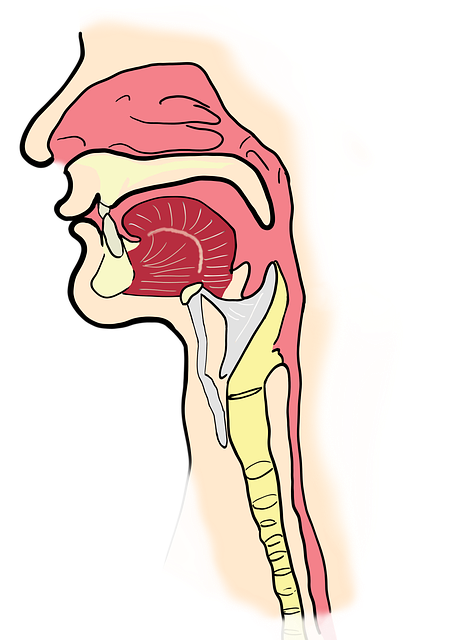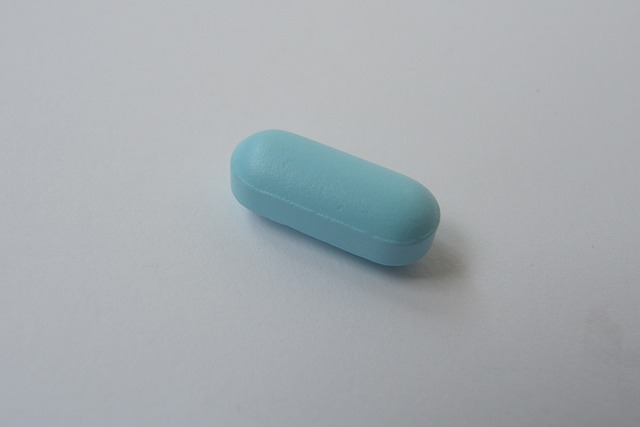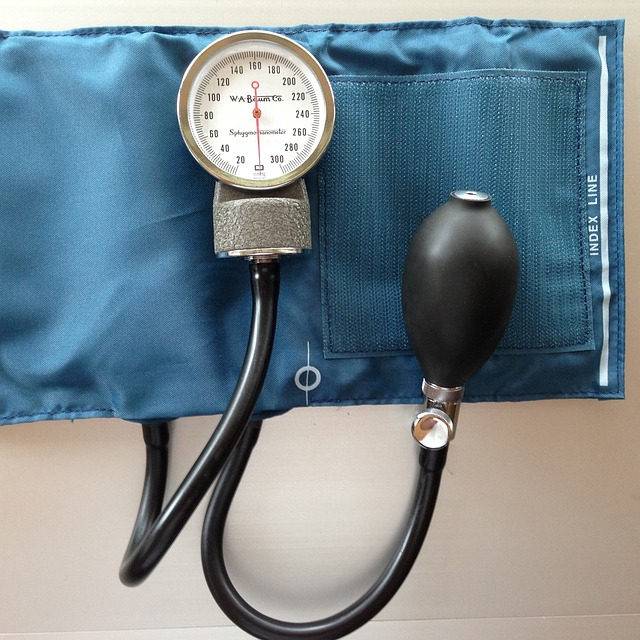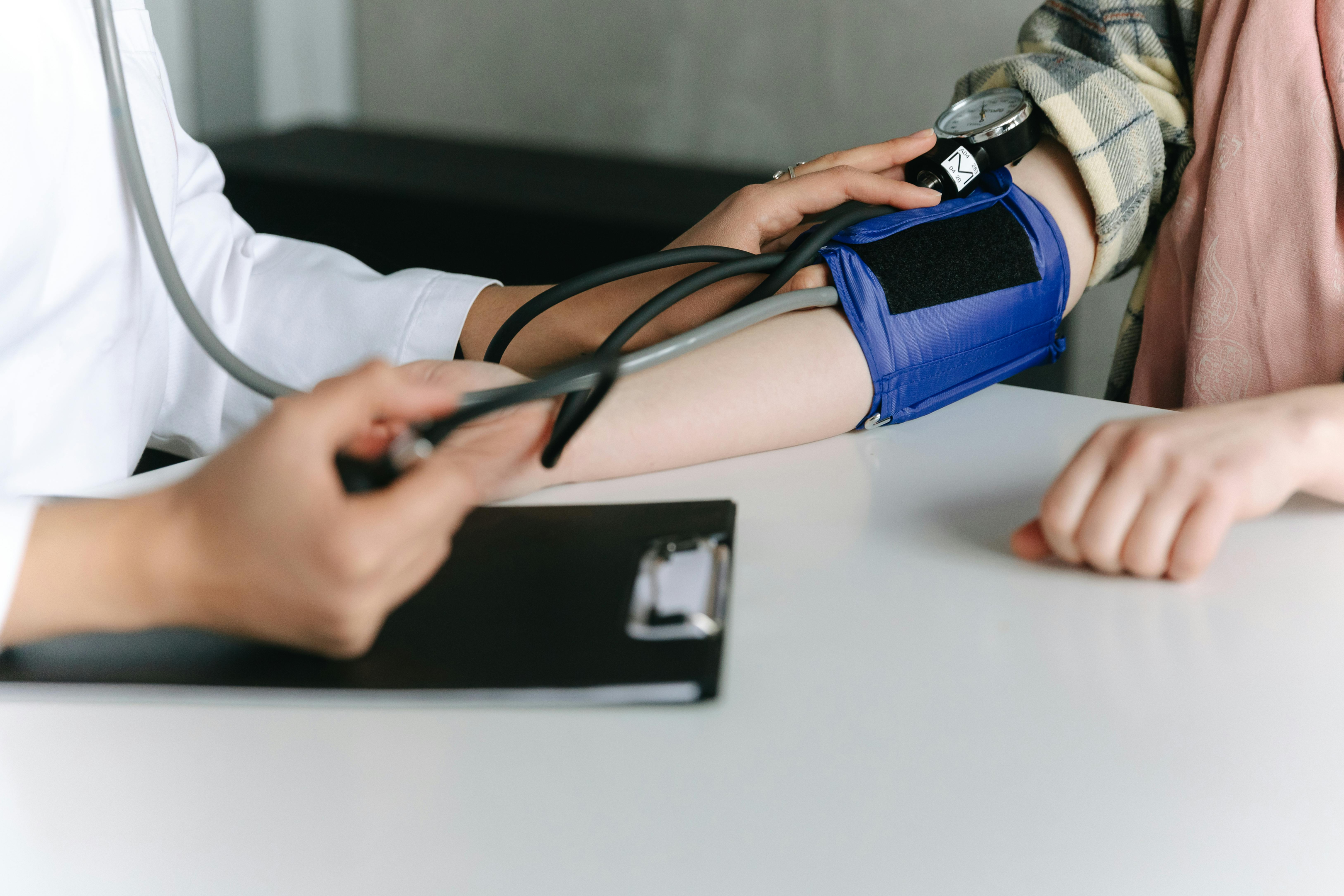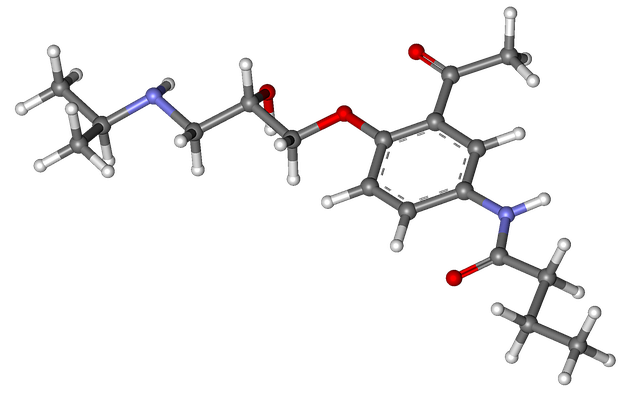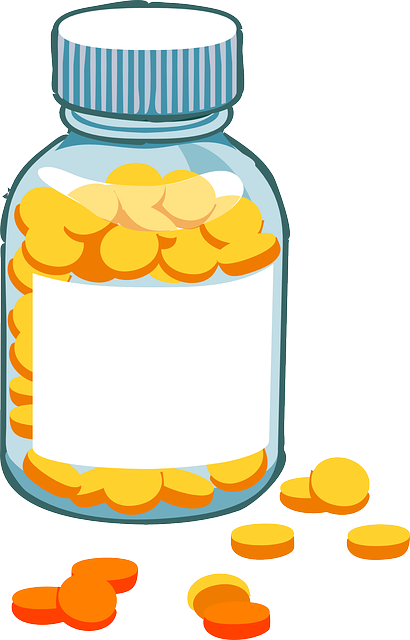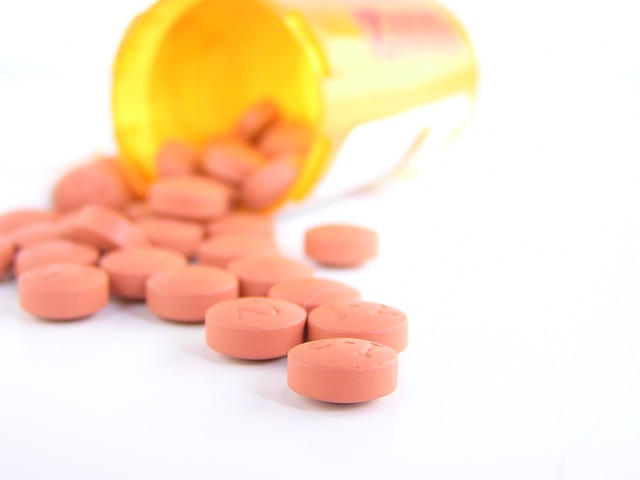Probiotics for Women: Digestive, Urinary & Vaginal Health
Probiotics for Women: Digestive, Urinary & Vaginal Health


Want to boost your feminine health with probiotics? You’re probably wondering how probiotics for women can help with vaginal, urinary and digestive health. This article looks at targeted probiotic strains and their effect on female health. Learn how probiotics can protect you from infections, balance your gut, and more.
Quick Facts
Probiotics with specific strains like Lactobacillus and Bifidobacterium are fundamental to women’s health, targeting digestive, urinary, and vaginal health and overall well-being.
Customizing probiotic strains for specific women’s health issues makes them more effective; multi-strain supplements give more benefits and help maintain a balanced gut.
Choosing the right probiotic supplement depends on potency, purity, shelf life, and health needs. Take probiotics with a balanced diet and consult a health professional for personal advice.
Probiotics for Feminine Health

Imagine having a daily companion who looks after your feminine health with the same attention to detail as an expert, tending to the body’s most delicate areas. Probiotics – friendly microorganisms known for their benefits to digestive health – are becoming partners. Women’s probiotic supplements like UltraFlora Women’s and Culturelle Women’s 4-in-1 Protection are designed with specific probiotic strains to address women’s needs, urinary and vaginal care. These powerful supplements work 24/7 to maintain the balance of good bacteria in the vaginal microbiome and protect against infections.
These benefits go beyond just vaginal and urinary health. They also support overall digestive function. The broader implications of a balanced gut microbiome have far-reaching effects on everything from mood to immune system function. Probiotics are critical to female wellness, potentially improving digestion and overall health.
Probiotics in Vaginal Health

The balance of the vaginal microbiome is the foundation of overall vaginal health. Probiotics like Culturelle Women’s 4-in-1 Protection provide significant support to maintain this critical balance with good bacteria. These probiotics are known not only for their infection prevention but also for the high content of bacterial strains like Lactobacillus acidophilus that help:
PMS symptoms
urinary tract infection risk
bacterial vaginosis
overall vaginal health
Specific strains like Lactobacillus gasseri balance and prevent bacterial vaginosis. The implications of a healthy and balanced vaginal microbiome go beyond just comfort. It’s vital to protect against serious health issues. For example, research suggests probiotics can protect against severe conditions like HPV-driven cervical cancer by activating immune cells that can identify and eliminate cancerous cells. Yes, these tiny warriors are your best friends when it comes to optimal vaginal health.
Urinary Tract Support Through Probiotics
Probiotics work in the urinary tract by creating a balance of good bacteria, a barrier to unwanted invaders, and reducing infection risk. This is how the body systems are connected. For example, a balance of Lactobacilli in the vaginal microbiome not only keeps the vagina healthy but also protects the urinary tract against harmful bacteria.
Gut health is just as important. When probiotics balance the gut microbiome, they prevent harmful bacteria from spreading. This reduction in bad bacteria reduces the risk of urinary tract infections and overall gut and urinary system health.
The preventative nature of probiotics goes beyond just comfort—there are actual cost savings in healthcare. By reducing recurrent urinary tract infections with probiotics, fewer antibiotics may be needed, resulting in cost savings and medical bills. So incorporating probiotics is an investment in your body and your wallet.
Gut Health and Women’s Wellness
The digestive system is often called the body’s “second brain,” which is true. A balanced gut microbiome dramatically impacts overall health, including mental health and immune function. The good bacteria in our digestive system are not just for digestion but also extend their benefits to boost the immune system and reduce inflammation throughout the body. Probiotic strains like Lactobacillus rhamnosus GG and Bifidobacterium lactis have been studied extensively for their benefits on women’s gastrointestinal, immunological, and overall well-being.
Prebiotics rich in fiber feed these good bacteria in the gut and create an environment for a stronger, more robust microbial community in our gut. Supplements with probiotics and prebiotics can be especially helpful in building this gut resilience.
Good health habits like gut health can’t be stressed enough for women who want to live life fully. Probiotics are the key to this wellness era through targeted nutrition.
Probiotic Strains for Women

Different probiotic strains support different health concerns. Strains like Lactobacillus acidophilus, Lactobacillus rhamnosus, and Lactobacillus reuteri are specifically suitable for women for digestive, vaginal, and urinary tracts. The success of these probiotics in treating specific conditions depends on using the right strain at the correct dose — proof that they are highly versatile in maintaining good health.
Choosing probiotic strains focusing on women’s health issues can maximize their benefits. These microorganisms are designed for vaginal and urinary tract health or digestion for women. This targeted approach makes them powerful allies for women’s wellness.
Lactobacillus for the Female Body
Lactobacillus is a knight in shining armor for women’s health, for the urinary and vaginal area. These probiotic strains are essential in preventing pathogens that can cause UTIs and creating a balanced vaginal microbiome so there are fewer harmful bacteria. By regularly incorporating Lactobacillus in their diet, women can boost their immune system and reduce the risk of bacterial vaginosis, yeast infections, and UTIs.
Genome mapping has been used to study lactobacillus strains for safety measures, including antibiotic resistance. This screening identifies any problem genes, making these probiotics safe and effective for women.
Bifidobacterium and Digestive Health
Bifidobacterium is a ‘Y’-shaped bacteria found in our intestines. It is essential for digestive balance. Its functions include fiber digestion, infection prevention, and synthesizing B vitamins and healthy fats. Bifidobacteria supplements’ anti-inflammatory effects are linked to relief from symptoms of various health conditions.
During fiber digestion, these bacteria produce short-chain fatty acids (SCFAs), which support gut health and regulate appetite — a complex internal connection. Early establishment of Bifidobacteria in newborns is essential in metabolizing sugars in breast milk and building a robust immune system. To increase your Bifidobacteria levels, eating foods high in fiber, prebiotics, polyphenols, whole grains, and probiotic supplementation is the way to go through a balanced diet.
Multiple Strains
Variety is the spice of life, and the same applies to the probiotic strains we put in our bodies. A probiotic supplement with multiple strains has more benefits and uses multiple mechanisms than one strain. By giving us an array of bacterial strains, these supplements help develop and maintain balance in the gut microbiome—a key to overall health and wellness for women.
Yes, this array can support all aspects of women’s health through these tiny helpers.
Choosing the Right Probiotic Supplement
Choosing from the many probiotic supplement options can be overwhelming. It’s not just about picking a product with many live bacteria but also one designed for your specific health needs so you get customized benefits.
Consider the likelihood of colonization by these good bacteria and a probiotic’s long-term health benefits and safety. These should guide you in making an informed decision on which supplement to choose.
Potency and Purity
Evaluating a probiotic supplement’s potency and purity involves many factors to consider. For those with dietary restrictions, it’s essential to check for non-GMO certification and ensure typical allergens like dairy, nuts, and gluten are absent — this can be seen in products like Culturelle probiotics and UltraFlora Women’s probiotics. Third-party certification is an added layer of protection that ensures these health supplements meet high testing standards.
Check for additives like maltodextrin, magnesium stearate, and titanium dioxide because they can affect overall health. For multi-strain supplements to deliver their promised benefits for a healthy life, each strain must remain viable throughout the product’s shelf life.
Prebiotic Blends
As food sources, prebiotic blends create an environment for probiotics to thrive in the gut, possibly boosting their benefits. Culturelle Women’s 4-in-1 Probiotic Capsules, for example, combine clinically tested probiotic strains with a proprietary feminine prebiotic blend to make them more effective.
This harmony does more than promote probiotic growth. It also maintains its benefits over time.
Shelf Stable vs. Refrigerated
Including a probiotic supplement in your daily routine depends on your preference and convenience when choosing between shelf-stable or refrigerated forms. These come in many forms:
Shelf stable capsules
Shelf stable powders
Refrigerated capsules
Refrigerated powders
With so many options, the choice of which form to take should be based on price, lifestyle, and how you plan to incorporate these supplements into your daily routine.
How to Take Probiotics

Taking probiotics can be as easy as taking one capsule a day. For example, the recommended dosage for Culturelle Women’s Health probiotic is just one capsule a day, which can support gut and overall health.
Making it a habit part of your daily routine continuously supports the body’s defense mechanisms and boosts health and energy.
When to Take Probiotics
Timing is everything when it comes to probiotics. Culturelle Digestive Daily Probiotic and UltraFlora Women’s are flexible; you can take them with or without food once daily, and they fit into any routine. The former says to take one capsule at any time of the day. The latter says to take one capsule daily but allows you to double the dose to two capsules in certain situations like travel or digestive problems. This shows how user-friendly they are and recognizes when extra support is needed for the body to function optimally.
Probiotics with Diet and Lifestyle
Probiotics can enhance their benefits with a balanced diet and healthy lifestyle. Eating foods rich in probiotics, prebiotics, and fiber is crucial to gut health and overall mental and physical well-being. Adult women are advised to take 21-25 grams of dietary fiber daily to feed their microbiome, so it’s important to include fiber in your diet.
The gut-brain axis shows the connection between gut health and mental fitness, affecting stress response and managing emotional disorders. Habits for stress reduction and nutritional balance can make probiotics more effective in promoting wellness. This holistic approach aligns with adding supplements like Culturelle to your regimen.
Consult with a Healthcare Professional
Before taking probiotic strains, consult a healthcare professional. This is especially important for those with weakened immune systems or taking multiple medications. A healthcare provider can give you personalized advice on which probiotic strains and dosages are right for you. Professional advice will ensure you take the right and safest probiotic for optimal results.
This will help you narrow the options and choose one for your journey to better health.
Probiotic Supplements and Long-term Benefits
Taking probiotics is not a quick fix. It’s a long-term investment in health and wealth. Regular intake of these supplements will prevent diseases associated with an imbalanced gut bacterial environment, which is crucial to women’s long-term health.
Over time, probiotic effects accumulate, and you’ll have an empowered immune system, better digestive health, and overall wellness.
Beyond Digestion: Immune Health and More
Probiotics’ effects go beyond digestion. They affect immune health and overall wellness. Regular intake of these supplements gives you many benefits.
Boosts overall immune defenses
Reduces inflammation
Regular bowel movements
Reduces frequency and duration of respiratory tract infections
Reduces days spent with respiratory illnesses and lessens antibiotic use
Reduces healthcare expenses
Some strains in probiotic products are also suitable for weight management, mental well-being, and immune system boosts, which shows their overall benefits.
Financial and Healthcare Savings
Probiotics are known for their benefits and cost-effective preventive healthcare. They can reduce the financial burden of healthcare infections by reducing infection risk and overall health. Adding probiotics to your daily life is a proactive step to reduce future medical costs and get fiscal benefits now and in the long run.
It’s not just about cost savings. It’s about investing in your future well-being. Choosing probiotics is a smart financial move that will save you long-term healthcare.
Conclusion
We’ve covered the world of probiotics and their effects on women’s health, and it’s clear that these microorganisms are not just supplements; they’re our co-pilots in wellness. From the vaginal microbiome to the urinary tract and beyond, probiotics are a holistic approach to health that’s preventive and restorative. With suitable strains, lifestyle, and professional advice, women can use probiotics to improve and change their health.
Frequently Asked Questions
Can probiotics help vaginal health?
Yes, especially Lactobacillus strains of probiotics can help vaginal health by maintaining a balanced vaginal microbiome. They prevent infections, alleviate PMS symptoms, and protect against cervical cancer related to HPV.
Which probiotic strains are good for urinary tract health?
Lactobacillus rhamnosus and Lactobacillus gasseri.
How do I choose the right probiotic?
When choosing a probiotic supplement, it is essential to find one that specifically addresses your health needs. Look for supplements with third-party verification to ensure purity and potency. Additionally, consider your lifestyle when making your choice. Do you need a shelf-stable product you can take on the go, or can you accommodate a refrigerated one?
Now, you’re equipped with the knowledge to make an informed decision.
When to take probiotics?
Take probiotics daily and adjust as needed during digestive issues or when traveling. You can take them with or without food, whichever you prefer.
Are there long-term benefits to taking probiotics?
Yes, adding probiotics to your diet will save you money in the long term by reducing medical care, antibiotic use, and healthcare expenses.
Probiotics for Women: Digestive, Urinary & Vaginal Health Read More »




